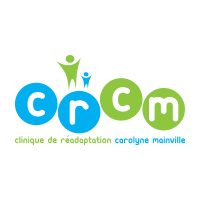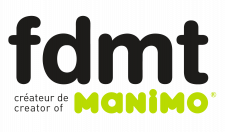Every day, your child runs, jumps, climbs, plays ball, rides a bike and walks without calculating all of these movements in space. They perform a series of movements without thinking, in an automated, yet precise way! We can therefore affirm that your child has their own GPS system allowing them to obtain constant information about the position of their head and body in space, while recruiting the gross motor skills required to succeed in engaging and participating in an activity.
Your child uses the large muscles of their body to coordinate their movements and maintain balance while calling on 2 internal senses: proprioception (awareness of our body in space) and vestibular (detection of movement and changes in direction of the head). Therefore, our body is a GPS that receives internal signals (proprioception, vestibular), which requires gross motor skills (balance, muscle tone, coordination) to adjust to the environment during an activity. As a result, our individual GPS allows us to participate in all of our activities, even with our eyes closed.
When the GPS fails
Sometimes some children are clumsy, fall regularly, run into walls, fail to imitate simple gestures, or to precisely plan movements. Maybe their GPS system is failing… We need to help them adjust their bearings. To do this, some suggestions are:
-
Stimulate the body’s large muscles daily in the form of deep contractions, firm pressure and stretching. This will send messages through the sensory receptors to the brain, which will then signal to the body the direction, strength and range of movements. The GPS will be “connected” and your child will better recognize the position of their body in space and better plan their movements. Do it often during the day!
-
Break down the steps underlying a more difficult activity. You have to keep pace with your child!
-
Repeat the same movements of an activity and above all, persevere!
Suggestions for fun activities to stimulate your child's GPS system
-
Play outside and slide, build an igloo, make a snowman or shovel.
-
Gently awaken the body with tai chi, yoga or massage sessions (with a large ball, a vibrator, etc.)
-
Hide in tight places (under the bed, in a pillow hut, a hammock, a lycra ghost)
-
Carry heavy objects on a daily basis (grocery bags, store cans in the cupboard, pull out the dirty laundry bin, etc.)
-
Make obstacle courses at home or outdoors.
-
Play Simon Says or Twister.
-
Dance with the family and have fun imitating your dance steps.
Become a good navigator of your GPS!



Leave A Comment